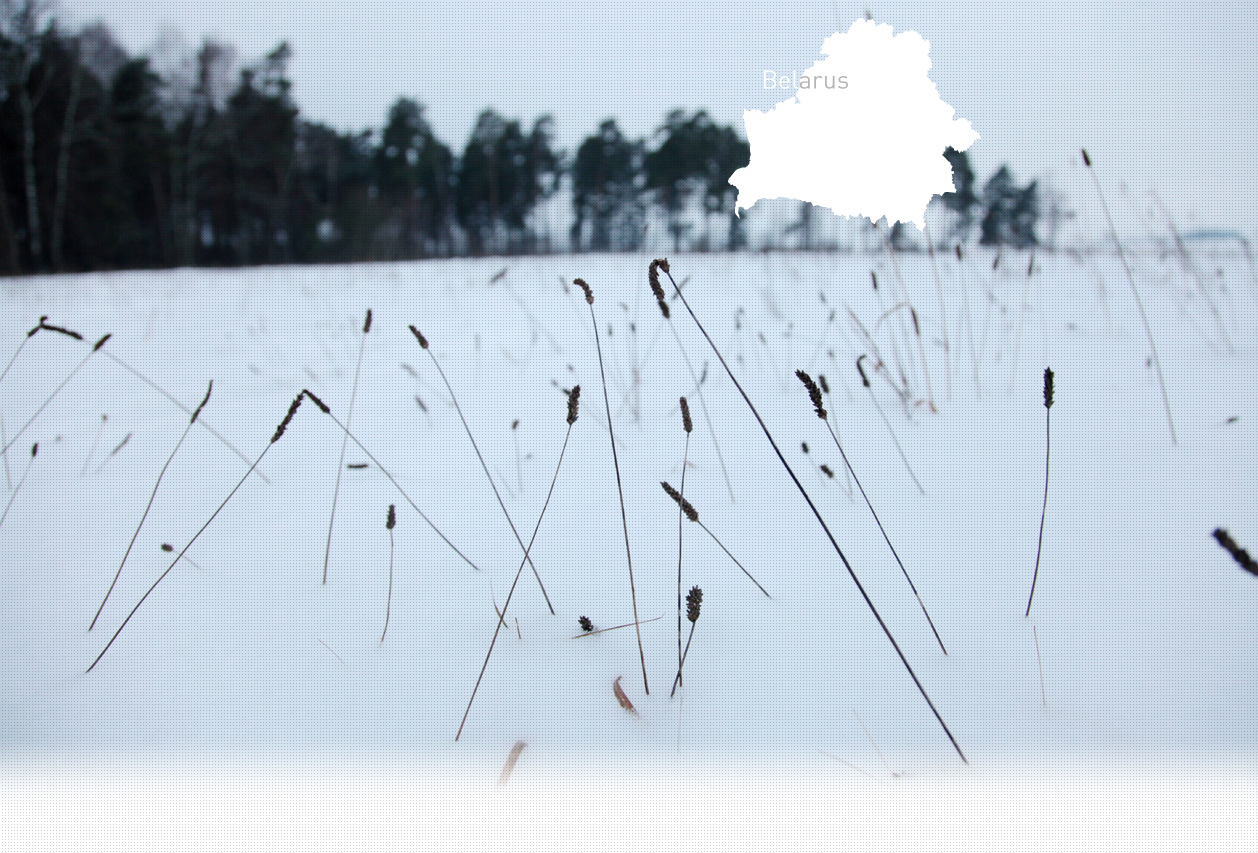

1 Killing site(s)
Leonid N., born in 1929: “The Jews climbed down into the ravine on the least steep slope, and then walked towards the side of the ravine where it was deeper. Once there, they had to kneel down and a German officer shot them with a pistol in the nape of the neck. The Jews went down into the ravine in small groups of 25 people maximum. The victims fell in front of the bodies of the Jews that had already been shot. Germans were sitting around at A$at the top of the ravine, smoking.” (Eyewitness N°876, interviewed in Rogachev, on October 1, 2014).
“It might have been at the end of the summer, 1941, when I witnessed the first mass shooting in Rogachev. I remember one morning, the order was given to deal with the roadblocks during an execution. The entire squadron was involved in this measure. I believe that the order was given by our major. We walked from our place of residence in Rogachev up to a piece of waste ground on the outskirts of the city. We found empty houses there. The zone was deserted, it looked like the steppe. There, our group divided and formed a protective square around a zone of about 200-300 meters. We had to survey this square, to see if people tried to run away. We had the right to fire if necessary. The first execution site was 200 meters away from my view. There were pits dating back to the time of Soviet rule. It was a whole system of pits. We remained fixed to our posts nearly thirty minutes before the first Jews arrived. It was around 10 o’clock in the morning. I could not say how many Jews were taken there. They were accompanied by members of the SD. There were men, women and some children. I could see them entering an empty house and being searched. I saw them going out of the house, again naked, and taken to pits, still accompanied by the SD." [Deposition of Rudolf B-M., member of kommando Sonderkommando7b on December 6, 1961, B162-2264]
Rogachev is a city located 120 km northwest of Gomel. According to the 1939 census, the Jewish population was composed of 4,601 people, making up more than 30% of the total population. Before the war, the city was already a district center but it was much smaller than today. Most of the Jews lived in the city center not far from the synagogue, and were mostly shopkeepers. The notable Rabbi Yoseph Rosen (1858–1936) was born and raised here. After the German attack on the Soviet Union, a great number of refugees arrived in Rogachev, but nearly half of Jews managed to escape by their own means. Rogachev was occupied by German forces on August 19, 1941.
During German occupation, Rogachev was an important seat of several German military and police units. As soon as they arrived, several Soviet activists were shot, including some Jews.
On September 9, 1941, the Jews were assembled in the building of the power plant, and were guarded by local policemen. A selection was organized and healthy men were taken to a labor camp established in the basement of a former military building. These laborers had to clear rubble from destroyed buildings following the fighting. To survive, Jews had to barter regularly, putting their lives at risk.
After a selection in the ghetto, a first Aktion was organized by a squad of Einsatzkommando 8 based in Gomel, on November 6, 1941. The Jews were shot in a long antitank ditch near the Drut river. They were forced to undress. Then, with the assistance of local policemen, the Germans lined up their victims at the bottom of the ravine in small groups, and shot them in the nape of the neck, as described by a witness interviewed by Yahad. According to the German Einsatzgruppen report, 2,365 Jews were killed that day for their supposed support of the partisans.
A second Aktion was conducted on December 1, 1941, when 72 Jews from the ghetto used for cleaning roads were shot near the villages of Novyi and Staryi Krivsk. A third Aktion was conducted on January 1, 1942 near the village of Khatovnia, when 172 Jews were shot.
The fourth Aktion took place during winter 1942, in another antitank ditch near the Drut River. That day, Jews from surrounding villages, Jewish children from mixed weddings, and local Jewish forced laborers were shot. The place of the killings near the Drut river was named "the valley of death." During the flooding of spring 1942, the water washed away the ground and hundreds of Jewish corpses were taken away.
Before their retreat, the Germans forced POWs to exhume the pits and burn the bodies.
Do you have additional information regarding a village that you would like to share with Yahad ?
Please contact us at contact@yahadinunum.org
or by calling Yahad – In Unum at +33 (0) 1 53 20 13 17